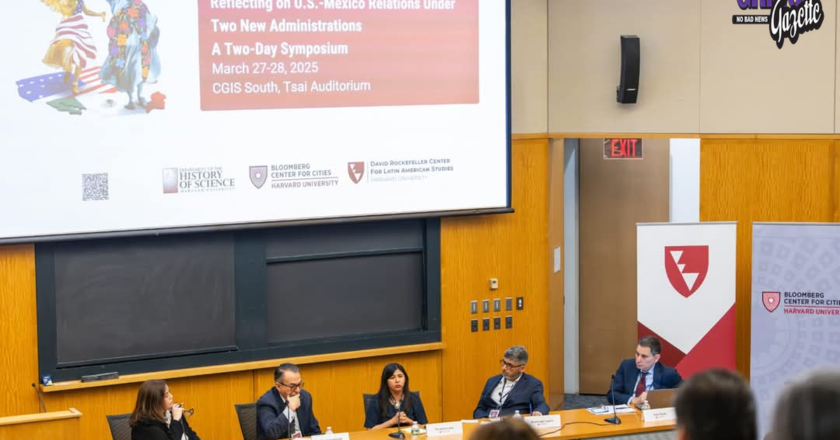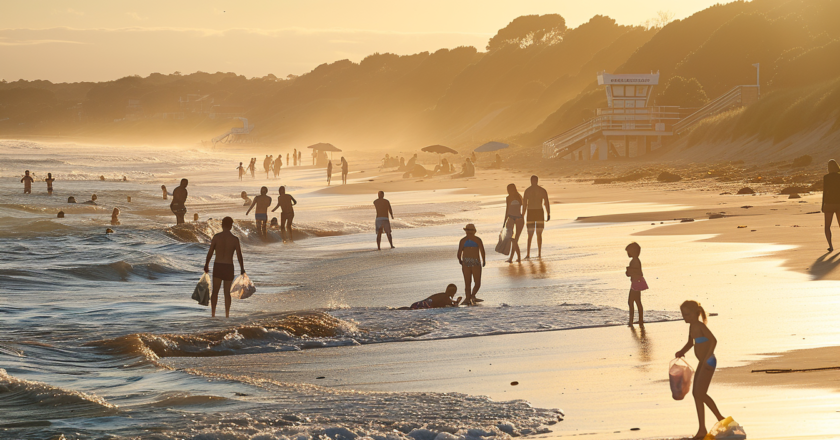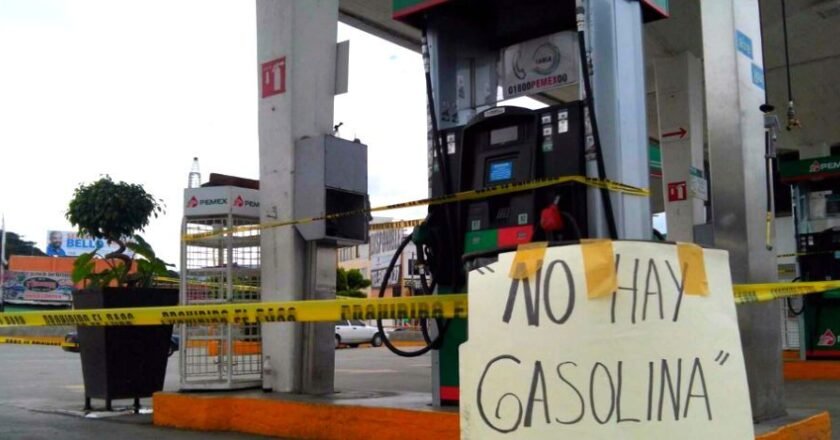—No Wall Can Hold Back Art Harvard might be thousands of miles from the border, but last week it got …


—No Wall Can Hold Back Art Harvard might be thousands of miles from the border, but last week it got …

Justice Closing In Baja California authorities aren’t messing around. This week, the State Attorney General’s Office (FGE) confirmed the arrest …

Baja California kicked off the week with some challenging weather, according to the latest CONAGUA update. Two cold fronts are …

The Wavve, a new luxury residential project by Estrategia Urbana, has officially begun construction on the scenic toll road to …

Baja California’s Civil Protection authorities have issued a heat advisory for the upcoming weekend, warning of significantly higher temperatures across …

Mark your calendars for October 5th, 2024, when Tijuana’s Club Campestre will host the 3rd annual Wine Without Borders festival! …

UPDATE: This event date was changed to Saturday, October 5th, 2024. Get ready to sip and savor, wine enthusiasts! The …

Heads up, travelers! Starting October 29, you can hop on a direct flight from Tijuana to Las Vegas, thanks to …

Good news, beach lovers! Both Playas de Tijuana and Rosarito have rolled out the blue carpets, inviting everyone to enjoy …

Buckle up, folks! The gasoline shortage has hit Tijuana, Tecate, and Rosarito, and it’s not pretty. Carlos Roberto Rubio Arreola, …